Obesity and weight gain in pregnancy
The fact is that pregnancy is an ideal time for obese patients to make lifestyle changes.
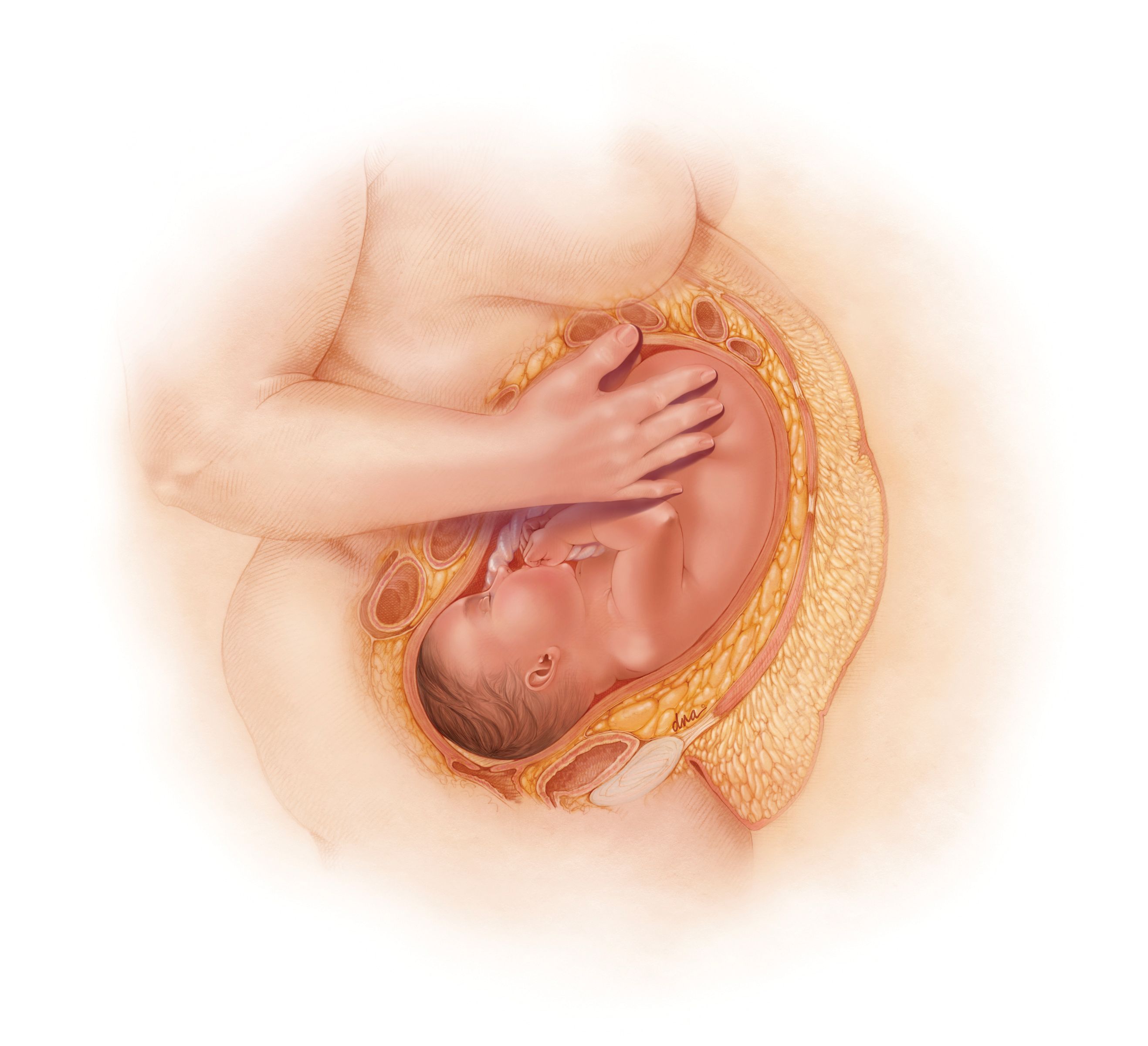
Illustration by Alex Baker, DNA Illustrations, Inc.
Q. A 33-year-old G3P2002 presents at 16 weeks’ gestation with a history significant for morbid obesity (body mass index [BMI], 42), gestational diabetes with her most recent pregnancy, and chronic hypertension. What are the main risk factors for her during this pregnancy and how should she be counseled?
A. Over the last few decades, the prevalence of overweight (BMI, 25.0–29.9) and obesity (BMI >30) in women has more than doubled.1 This unabated epidemic has led to more than two-thirds of women being classified as overweight and obese. Approximately 8% of women are now considered to have extreme obesity, defined as a BMI of 40 or greater.2 Pregnancy is associated with permanent weight increases in every BMI category and is a major contributor to the obesity epidemic.3 Obesity itself is associated with an increased risk of hypertension, type 2 diabetes mellitus, obstructive sleep apnea, and hypercholesterolemia. These risks increase as BMI increases. Obesity in pregnancy is associated with risks to both the mother and the fetus. It also contributes significantly to escalating healthcare costs.
Q. What are the risks to the patient?
A. It cannot be emphasized enough that the ideal time for counseling is prior to conception. Pregnancy, however, provides a unique opportunity for lifestyle modification. Pregnant women are more prone to adopt healthy lifestyles, have better and more frequent access to medical care, and are under close medical supervision. Nevertheless, overweight and obese women have higher rates of menstrual irregularities and infertility. This means that they are more likely to delay prenatal care because they may not realize they are pregnant. Thus early ultrasounds should be performed to verify dating, to exclude multiple gestations, and for early diagnosis of congenital anomalies, such as anencephaly, via transvaginal ultrasound.
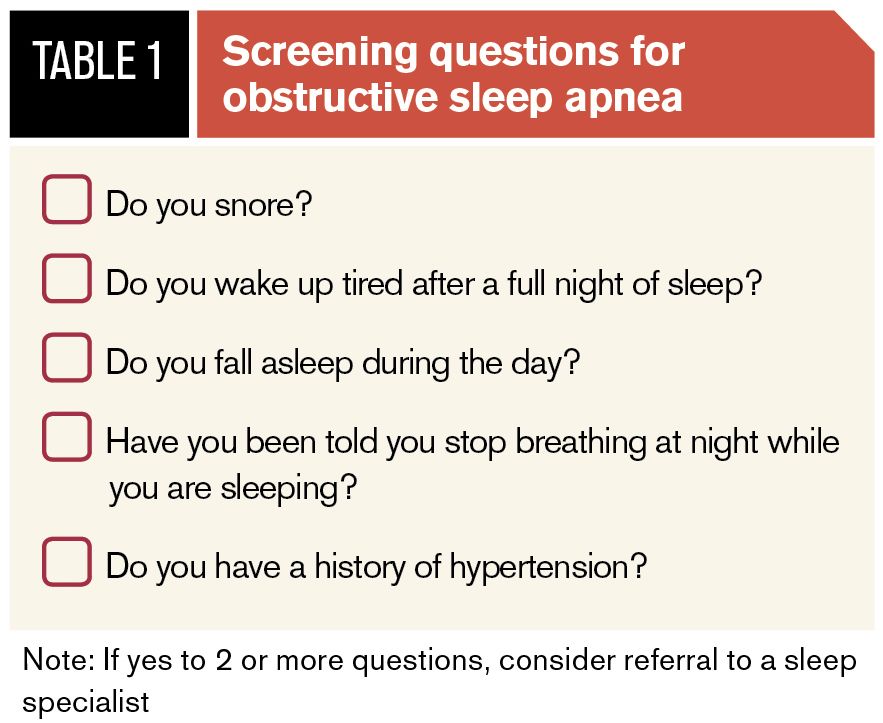
In spite of mounting evidence that obesity is a risk factor for various adverse outcomes in pregnancy, almost half of women becoming pregnant today are overweight or obese.4 Once pregnant, obese women are at increased risk for gestational diabetes mellitus (GDM) (odds ratio [OR], 2.6; 95% confidence interval [CI], 2.1–3.4), gestational hypertension (OR, 2.5; 95% CI, 2.1–3.0), preeclampsia (OR, 1.6; 95% CI, 1.1–2.25), and cesarean delivery (33.8% risk increase).5 Obese pregnant patients are also at significant risk for subsequent type 2 diabetes, multiple gestations, and chronic hypertension. These risks increase by obesity class.6 Studies have shown that early screening for GDM or type 2 diabetes and hypertension are beneficial, as these patients often do not realize they have any underlying medical conditions.7 Obese patients should undergo an early 50-g, 1-hour oral glucose challenge test. Studies are currently evaluating the screening/diagnostic values for hemoglobin A1c to diagnose GDM or pre-existing type 2 diabetes as early as possible in addition to routine follow-up testing. Previous studies have demonstrated that hemoglobin A1c correlates well with glucose tolerance test, however, the high incidence of false negative and positive for hemoglobin A1c as a screening test GDM requires further studying which is being done now.8 All obese patients should also be assessed for obstructive sleep apnea, because its prevalence correlates with weight (Table 1).
Q. How should we be counseling our obese patients about weight gain?
A. Physicians have an obligation to dispel the myth that has dominated for generations that pregnancy is not a time for lifestyle modifications in obese patients. Among the myths that may make physicians reluctant to recommend judicious weight management and physical activity in pregnancy, the most common are:
Myth: We need additional studies to demonstrate benefits and no adverse consequences of weight loss to the mother and/or fetus.
Fact: Studies are already available showing that additional weight gain is detrimental.3,9
Myth: “Obligatory physiological changes” during pregnancy should result in a “net maternal gain” to reflect the products of conception and increases in the breasts, uterus, etc.
Fact: Overweight and obese women are able to generate the additional calories needed to sustain these changes from their own reserves.10
Myth: Ketonuria/ketonemia as a result of dieting causes delayed neurodevelopment.
Fact: No credible data supports this myth.11,12 The studies published were conducted in pregnant diabetics who had inadequate glycemic control and other comorbidities. In one study the maternal IQ was not recorded or evaluated.11 Maternal IQ is known to play a crucial role in child development.
Myth: Weight loss will result in small-for-gestational-age (SGA) newborns.
Fact: In 2013 we have better tools for early diagnosis of SGA than in the past, and we intervene as indicated.13 Current gestational weight gain guidelines do “not make a distinction among infants who are constitutionally or hereditarily small, growth-restricted and small, and not small but growth-restricted relative to their potential.”14
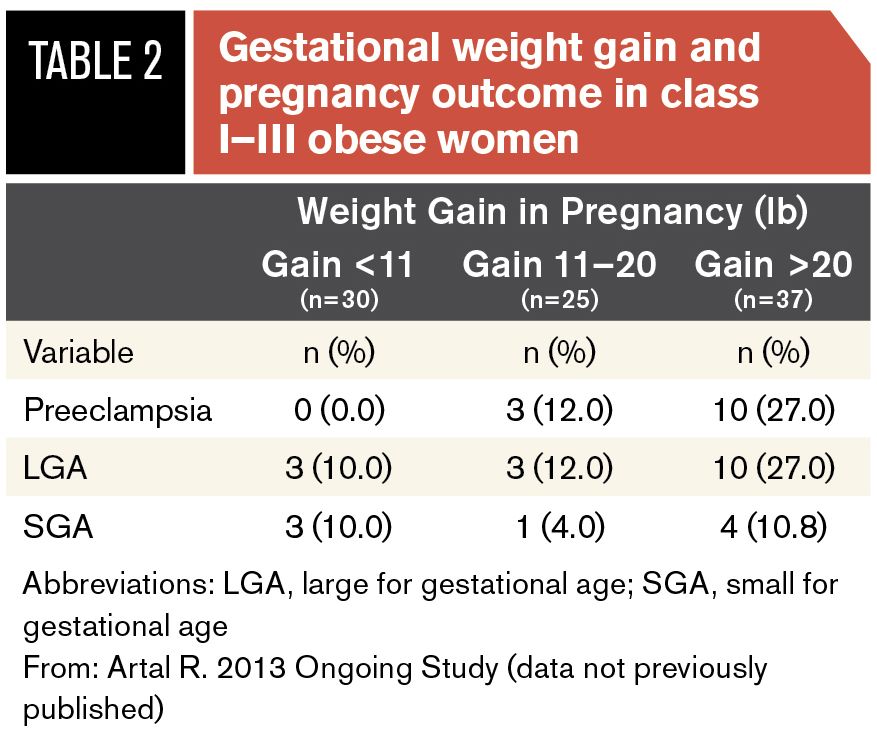
Excessive or any weight gain in overweight and obese patients is detrimental to pregnancy outcome. The 2009 Institute of Medicine (IOM) guidelines modified the recommended weight gain in pregnant women with BMI of 30 and greater to between 11 and 20 lb.15 Research prior to these recommendations and since has shown that no weight gain, and in fact weight loss, is associated with decreased rates of preeclampsia, cesarean deliveries, large for gestational age (LGA), operative vaginal deliveries, low Apgar scores, and admissions to a neonatal intensive care unit (Table 2).16,17 Because of this, many authorities have advocated for lesser weight gain and even weight loss for patients in the upper tiers of obesity.18 In recognizing that modest weight gain and even weight loss in the presence of an adequately growing fetus is beneficial in obese patients, a recent committee opinion from the American College of Obstetricians and Gynecologists states: “For an obese pregnant woman who is gaining less weight than recommended but has an appropriately growing fetus, no evidence exists that encouraging increased weight gain to conform with the updated IOM guidelines will improve maternal or fetal outcomes.”13 Physical activity, weight maintenance, and even weight reduction have not proven harmful in obese pregnant patients according to studies in the recent literature.
Q. What are the risks to the fetus and neonate of maternal obesity?
A. Not only is obesity problematic for the pregnant mother, but it has also been associated with an increased risk of adverse fetal, neonatal outcomes and altered fetal programming, which impacts subsequent generations. Obese women have a higher rate of iatrogenic prematurity due to maternal conditions such as preeclampsia. It has been known for several years that the risk for neural tube defects in fetuses of obese women is roughly twice that of those with normal weights prior to pregnancy.19 Obese, and especially morbidly obese, pregnant women have a higher likelihood of having a fetus with congenital anomalies (Table 3).20 Studies have also shown a correlation with increasing BMI and increased risks of late stillbirths (OR, 2.2; 95% CI, 1.2–4.1 for women of normal weight and OR, 4.3; 95% CI, 2.0–9.3 for obese women).21 The diagnosis of these disorders or fetal weight is often difficult due the poor ultrasound resolution obtained in obese and morbidly obese pregnant patients. A complete ultrasound malformation screen may not be possible.
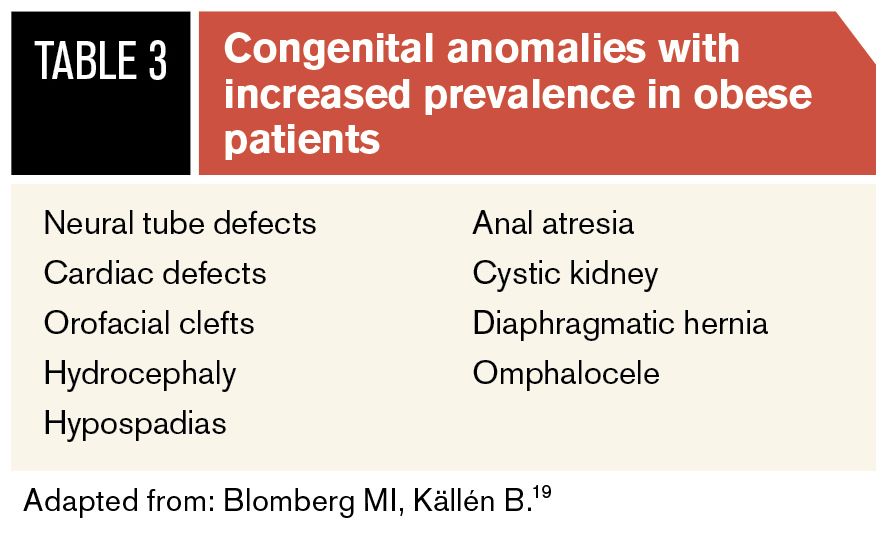
The risk for macrosomic fetuses is significant and so is the risk for dystocias, birth injuries, and cesarean deliveries. These neonates go on to have higher rates of childhood obesity and complications, such as diabetes, associated with obesity.22 There is also an increased risk in the morbidly obese pregnant population for fetal growth restriction (8.1% vs 0.9%, P =0.03) due to underlying medical conditions such as chronic hypertension seen in the obese pregnant patient.23
Fetal heart rate testing can be difficult to perform given the patient’s adiposity. Often ultrasounds for biophysical profiles are the only option.
Q. What should the physician expect during labor?
A. Labor and delivery in obese women requires not only a labor floor equipped to handle obese patients but also proactive care and team management. Most obese patients have poor Mallampati scores (used to predict the ease of intubation).24 Epidural anesthesia is not only desirable but also highly indicated in these patients, because it decreases oxygen consumption in labor and increases cardiac output. Spinal anesthesia may be difficult to place because of difficulty in locating landmarks. Thus consultation with anesthesia staff is best done antepartum, or at least early intrapartum, for best care of the patient.25
Although there is a risk of indicated premature delivery, most obese and morbidly obese women have an increased need for induction of labor due to postdates (OR, 0.57; 95% CI, 0.54–0.60, and OR, 0.43; 95% CI, 0.40–0.47, respectively) in comparison to women with a normal BMI at the start of pregnancy (OR, 1.21; 95% CI, 1.15–1.27).26 These women, however, often fail labor induction. Those who start labor spontaneously are more likely to have a slower rate of cervical dilation and a more protracted labor course than those with a normal BMI.27 Monitoring maternal contractions and fetal heart rate becomes more difficult as maternal BMI increases. This can make augmenting labor tedious.
For those who do deliver vaginally it is best to have adequate nursing and physician staff present, including staff from neonatology and anesthesia, given that obese patients have a greater risk of requiring an operative vaginal delivery.5 The risk for shoulder dystocia, and thus birth trauma, is increased primarily because of fetal macrosomia.28 The physician should assess whether or not to have blood products available because both LGA/macrosomic infants and prolonged labor are risks for postpartum hemorrhage. Finding the fundus for fundal massage is often difficult in morbidly obese patients.
Obese pregnant patients have an increased risk for both emergent and elective cesarean deliveries.9 Emergent cesarean deliveries are difficult due to: anesthesia challenges if an epidural is not already placed or is not functioning well; presence of the pannus; adiposity that must be gone through even with elevation of the pannus; and difficulty of locating the fundus for assistance of fetal delivery. Personal and other experience has shown that for morbidly obese women with a large pannus, the easiest and most recommended incision is high transverse.29
Cesarean deliveries in obese pregnant women result in higher estimated blood losses, longer operative times, increased rates of wound infections, and increased rates of wound breakdowns.30 A higher dose of antibiotics is needed to reach adequate levels. Rho(D) immune globulin should be administered intravenously to prevent failures.31 Studies have shown that closure of the subcutaneous layer is beneficial in decreasing wound breakdown.32 It should also be ensured that the operating room table can handle the patient’s weight and that there is enough operative staff to assist with the delivery. Failure rates for those women who required a cesarean delivery with a previous pregnancy and want to attempt a trial of labor after cesarean have been documented to be as high as 39%.33
Q. What are the concerns of postpartum care?
A. One of the biggest concerns postpartum is the risk of venous thromboembolism after surgery. There is insufficient evidence to support the use of low-molecular-weight heparin or unfractionated heparin to prevent venous thromboembolism rather than pneumatic compression devices and early ambulation. 34 In our opinion and experience, however, obese patients who are unable to ambulate should receive prophylactic anticoagulants.
Other concerns include higher rates of endometritis, decreased breastfeeding initiation and increased early discontinuation of breastfeeding, retained pregnancy weight, and postpartum depression.
Q. When is counseling best performed?
A. Preconception counseling is important for encouraging weight loss and to assist in decreasing the risks not only to the mother but also to the fetus. Weight loss has also been associated with improved fertility rates and decreased adverse maternal outcomes without having a detrimental effect on fetal outcome.35
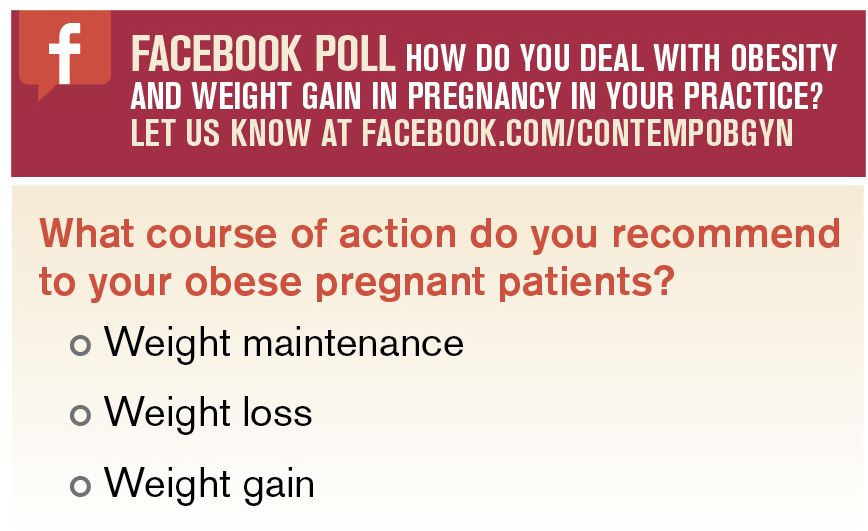
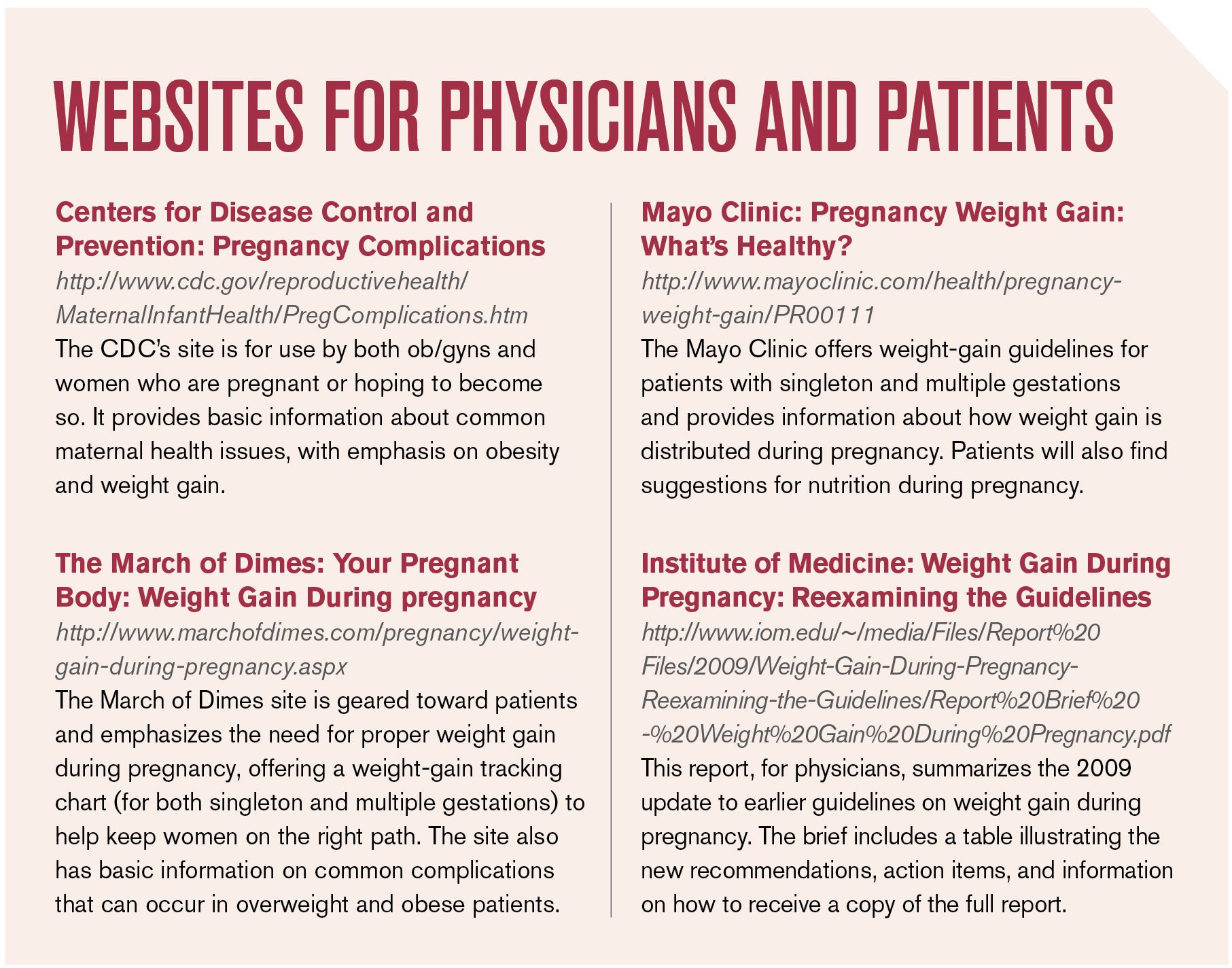
References
1. Flegal KM, Carroll MD, Kit BK, Ogden CL. Prevalence of obesity and trends in the distribution of body mass index among US adults, 1999–2010. JAMA. 2012;307:491–497.
2. U.S. Department of Health and Human Services. National Institute of Diabetes and Digestive and Kidney Diseases. Weight-control Information Network. Overweight and obesity statistics. Updated October 2012. http://win.niddk.nih.gov/statistics/. Accessed June 13, 2013.
3. Siega-Riz AM, Viswanathan M, Moos MK, et al. A systematic review of outcomes of maternal weight gain according to the Institute of Medicine recommendations: birthweight, fetal growth, and postpartum weight retention. Am J Obstet Gynecol. 2009;201:339.e1–e14.
4. Kim SY, Dietz PM, England L, et al. Trends in pre-pregnancy obesity in nine states, 1993–2003. Obesity (Silver Spring). 2007;15:986–993.
5. Weiss JL, Malone FD, Emig D, et al; FASTER Research Consortium. Obesity, obstetric complications and cesarean delivery rate-a population-based screening study. Am J Obstet Gynecol. 2004;190:1091–1097.
6. O’Brien TE, Ray JG, Chan WS. Maternal body mass index and the risk of preeclampsia: a systematic overview. Epidemiology. 2003;14:368–374.
7. American Diabetes Association: Executive Summary: Standards of Medical Care in Diabetes – 2012. Diabetes Care. 2012,35(1):54.
8. Artal R, et al. Glycohemoglobin as a screening test for gestational diabetes. Am J Obstet Gynecol. 1984; 148:412
9. Langford A, Joshu C, Chang JJ, et al. Does gestational weight gain affect the risk of adverse maternal and infant outcomes in overweight women? Matern Child Health J. 2011;15:860–865.
10. Romen Y, Masaki DI, Mittelmark RA. Physiological and endocrine adjustments to pregnancy. In: Mittelmark RA, Wiswell RA, eds. Exercise in Pregnancy, 2nd ed. Baltimore, MD: Williams & Wilkins;1991; 9–29.
11. Churchill JA, Berendes HW, Nemore J. Neuropsychological deficits in children of diabetic mothers: a report from the Collaborative Study of Cerebral Palsy. Am J Obstet Gynecol. 1969;105:257–268.
12. Rizzo T, Metzger BE, Burns WJ, Burns K. Correlations between antepartum maternal metabolism and child intelligence. N Engl J Med. 1991;325:911–916.
13. ACOG Committee opinion no. 548: Weight gain during pregnancy. Obstet Gynecol. 2013:121:210-212.
14. Practice bulletin no. 134: Fetal growth restriction. Obstet Gynecol. 2013;121:1122–1133.
15. Institute of Medicine of the National Academies. Weight Gain during Pregnancy: Reexamining the Guidelines. Washington, DC: National Academies Press, 2009.
16. Kiel DW, Dodson EA, Artal R, et al. Gestational weight gain and pregnancy outcomes in obese women: how much is enough? Obstet Gynecol. 2007;110:752–758.
17. Blomberg M. Maternal and neonatal outcomes among obese women with weight gain below the new Institute of Medicine recommendations. Obstet Gynecol. 2011;117:1065–1070.
18. Artal R, Lockwood CJ, Brown HL. Weight gain recommendations in pregnancy and the obesity epidemic. Obstet Gynecol. 2010;115:152–155.
19. Werler Mm, Louik C, Shapiro S, Mitchell AA. Prepregnant weight in relation to risk of neural tube defects. JAMA. 1996;275:1089–1092.
20. Blomberg MI, Källén B. Maternal obesity and morbid obesity: the risk for birth defects in the offspring. Birth Defects Res A Clin Mol Teratol. 2010;88:35–40.
21. Cnattingius S, BergstrÅm R, Lipworth L, Kramer MS. Prepregnancy weight and the risk of adverse pregnancy outcomes. N Engl J Med. 1998;338:147–152.
22. Hediger ML, Overpeck MD, McGlynn A, et al. Growth and fatness at three to six years of age of children born small- or large-for-gestational age. Pediatrics. 1999;104:e33.
23. Perlow JH, Morgan MA, Montgomery D, et al. Perinatal outcome in pregnancy complicated by massive obesity. Am J Obstet Gynecol. 1992;167(4 Pt 1):958–962.
24. Vallejo MC. Anesthetic management of the morbidly obese parturient. Curr Opin Anaesthesiol. 2007;20:175–180.
25. Saravanakumar K, Rao SG, Cooper GM. Obesity and obstetric anaesthesia. Anaesthesia. 2006;61:36–48.
26. Denison FC, Price J, Graham C, et al. Maternal obesity, length of gestation, risk of postdates pregnancy and spontaneous onset of labour at term. BJOG. 2008;115:720–725.
27. Vahratian A, Zhang J, Troendle JF, et al. Maternal prepregnancy overweight and obesity and the pattern of labor progression in term nulliparous women. Obstet Gynecol. 2004;104(5 Pt 1):943–951.
28. Robinson H, Tkatch S, Mayes DC, et al. Is maternal obesity a predictor of shoulder dystocia? Obstet Gynecol. 2003;101:24–27.
29. Cohen J. Personal communication.
30. Myles TD, Gooch J, Santolaya J. Obesity as an independent risk factor for infectious morbidity in patients who undergo cesarean section. Obstet Gynecol. 2002;100(5 Pt 1):959–964.
31. Woelfer B, Schuchter K, Janisiw M, et al. Postdelivery levels of anti-D IgG prophylaxis in D-mothers depend on maternal body weight. Transfusion. 2004;44:512–517.
32. Chelmow D, Rodriquez EJ, Sabatini MM. Suture closure of subcutaneous fat and wound disruption after cesarean delivery: a meta-analysis. Obstet Gynecol. 2004;103(5 Pt 1):974–980.
33. Hibbard JU, Gilbert S, Landon MB, et al; National Institute of Child Health and Human Development Maternal-Fetal Medicine Units Network. Trial of labor or repeat cesarean delivery in women with morbid obesity and previous cesarean delivery. Obstet Gynecol. 2006;108:125–133.
34. Tooher R, Gates S, Dowswell T, Davis LJ. Prophylaxis for venous thromboembolic disease in pregnancy and the early postnatal period. Cochrane Database Syst Rev. 2010;(5):CD001689.
35. Maggard MA, Yermilov I, Li Z, et al. Pregnancy and fertility following bariatric surgery: a systematic review. JAMA. 2008;300:2286–2296.
S4E1: New RNA platform can predict pregnancy complications
February 11th 2022In this episode of Pap Talk, Contemporary OB/GYN® sat down with Maneesh Jain, CEO of Mirvie, and Michal Elovitz, MD, chief medical advisor at Mirvie, a new RNA platform that is able to predict pregnancy complications by revealing the biology of each pregnancy. They discussed recently published data regarding the platform's ability to predict preeclampsia and preterm birth.
Listen
